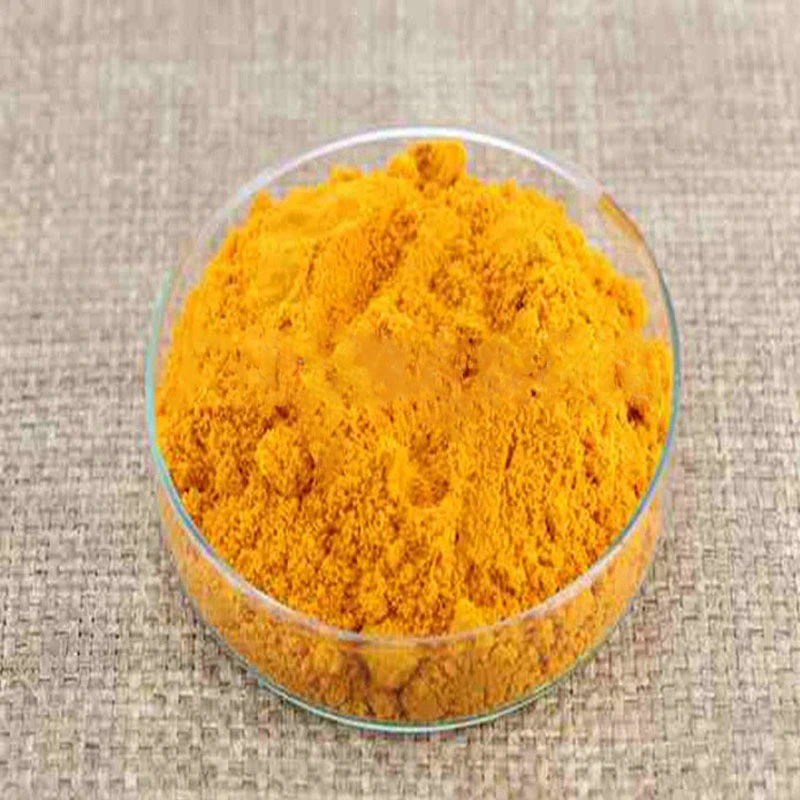- No. 268 Xianghe Street, Economic Development Zone of Xingtai city, Hebei 054001 China
- Byron@hbhongri.cn
Exploring the Fermentation Process of Dried Chili Peppers for Unique Flavor Profiles
The Art of Fermenting Dried Chillies
Fermentation is an ancient process that has found its way into modern culinary practices, enhancing flavors and preserving food for longer periods. Among the array of foods that can be fermented, dried chillies offer a unique opportunity to explore complex flavors and textures that elevate dishes to new heights. Fermenting dried chillies not only enhances their taste but also provides a method to create delicious and diverse condiments that can be used in various cuisines.
Understanding the Fermentation Process
At its core, fermentation is a biochemical process where microorganisms like bacteria and yeast convert sugars into acids, gases, or alcohol. In the case of chillies, the sugars present can ferment to create lactic acid, which is crucial for preserving the chillies as well as adding tanginess to the flavor profile. This process can transform the piquant and sometimes aggressive heat of dried chillies into a more nuanced and layered spice that can enhance any dish.
Choosing the Right Dried Chillies
When it comes to fermenting dried chillies, variety is key. You can choose from a range of different types such as ancho, guajillo, cayenne, or even Thai bird’s eye chillies. Each type brings its unique flavor and heat level to the fermentation process. For a milder and sweeter flavor, ancho chillies are an excellent choice, while cayenne offers a more intense heat. It can be fun to mix different types to create complex flavor profiles.
Preparing for Fermentation
Before fermenting, it is essential to prepare your dried chillies. Start by rehydrating them in hot water for about 30 minutes. This process not only revives their texture but also makes them easier to blend or chop. After rehydration, you can blend the chillies with some of the soaking liquid to create a paste. This paste serves as the base for your fermentation.
fermenting dried chillies

Starting the Fermentation
The fermentation process can be done in various ways, but a simple method involves using a fermentation vessel. Place the chilli paste into a clean glass jar, ensuring to leave some headspace at the top. Adding a weight can help keep the chillies submerged in their own juices, which is crucial for the fermentation process. Cover the jar with a cloth or a loose lid to allow gas to escape while keeping airborne contaminants out.
You can also introduce a starter culture, such as whey or a bit of miso, which kickstarts the fermentation. However, relying on the natural microbes present on the chillies can also yield wonderful results. Keep the jar in a cool, dark place for about one to three weeks, tasting periodically until it reaches your desired level of tanginess.
Uses of Fermented Dried Chillies
Once fermented, the dried chillies can be used in various culinary applications. You can incorporate the spicy paste into sauces, soups, marinades, or even salad dressings. The fermented chillies can also be blended with other ingredients to create salsas or hot sauces that deliver a depth of flavor and a touch of acidity that enhances many dishes.
Moreover, fermented chillies are rich in probiotics, which can be beneficial for gut health, offering an additional reason to include them in your diet.
Conclusion
The process of fermenting dried chillies is a rewarding culinary endeavor that expands the flavor dimensions of this beloved ingredient. With a few simple steps, one can turn humble dried chillies into a complex, tangy paste that amplifies any dish’s character. Whether you are a home cook looking to enhance your meals or a seasoned chef aiming to create new flavors, fermenting dried chillies is an art worth exploring. So gather your chillies, embrace the fermentation journey, and get ready to savor the results.
-
Turmeric Rhizome Powder: A Golden Treasure from Roots to TableNewsJul.28,2025
-
The Versatile Application Of Crushed Red Hot Peppers: Lighting Up The Red Flames On The Dining TableNewsJul.28,2025
-
The Paprika: A Touch Of Vibrant Red In Color, Flavor, And CultureNewsJul.28,2025
-
Ground Turmeric: A Modern Examination of an Ancient SpiceNewsJul.28,2025
-
Capsicum Liquid Extract: Features, Applications, and ChallengesNewsJul.28,2025
-
Application of Capsicum Liquid Extract in FoodNewsJul.28,2025







